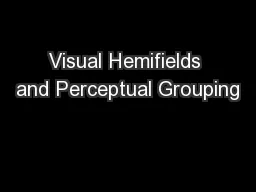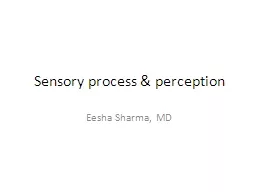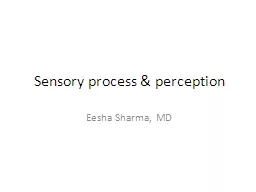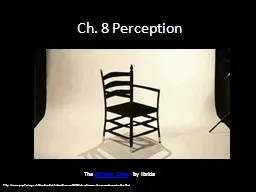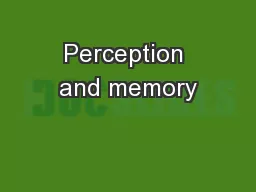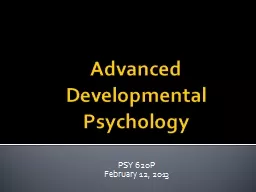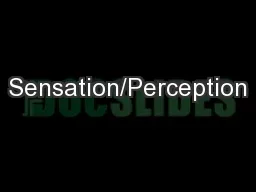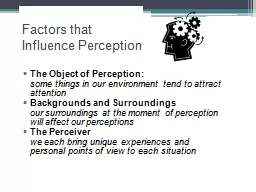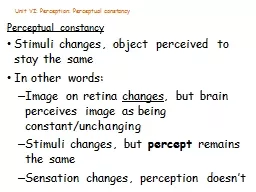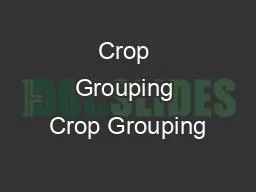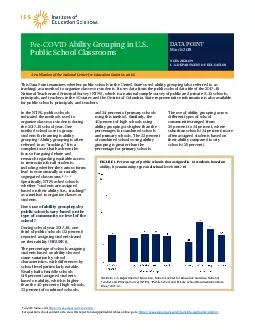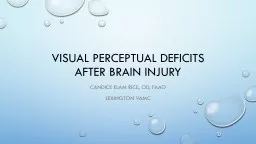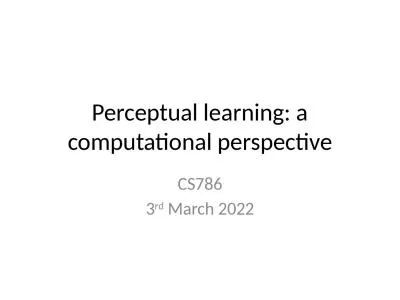PPT-Visual Hemifields and Perceptual Grouping
Author : lois-ondreau | Published Date : 2015-10-27
Sarah Theobald amp Nestor Matthews Department of Psychology Denison University Granville OH 43023 USA The human brain is constantly being presented with complex
Presentation Embed Code
Download Presentation
Download Presentation The PPT/PDF document "Visual Hemifields and Perceptual Groupin..." is the property of its rightful owner. Permission is granted to download and print the materials on this website for personal, non-commercial use only, and to display it on your personal computer provided you do not modify the materials and that you retain all copyright notices contained in the materials. By downloading content from our website, you accept the terms of this agreement.
Visual Hemifields and Perceptual Grouping: Transcript
Download Rules Of Document
"Visual Hemifields and Perceptual Grouping"The content belongs to its owner. You may download and print it for personal use, without modification, and keep all copyright notices. By downloading, you agree to these terms.
Related Documents

